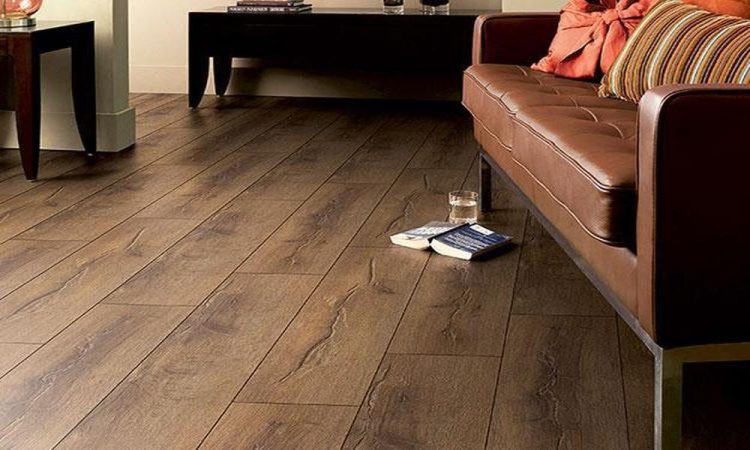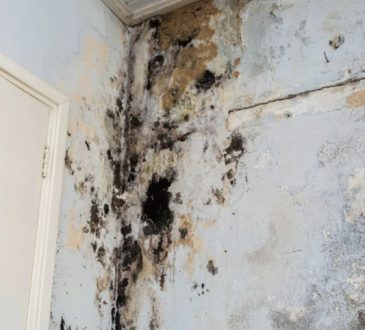
Wood flooring is a timeless and elegant choice that can transform any space, adding warmth, beauty, and value to your home. Whether you’re installing new wood flooring or refinishing existing ones, paying attention to detail and following some essential tips and tricks can help you achieve a flawless result. In this article, we will provide you with a comprehensive guide to help you attain perfection with your wood flooring project.
Choosing the Right Wood: Selecting the appropriate wood species is crucial for achieving the desired aesthetic and durability. Consider factors such as the hardness of the wood, its ability to withstand wear and tear, and its compatibility with the room’s function and style. Popular options include oak, maple, walnut, and cherry, each with its own unique characteristics.
Preparing the Subfloor: A properly prepared subfloor is vital for a successful wood flooring installation. Ensure that the subfloor is clean, level, and dry before laying down any new flooring. Repair any damage and address any unevenness to prevent future issues and promote a smooth and stable foundation for your wood flooring.
Acclimation: Allow your wood flooring to acclimate to the room’s environment before installation. This process helps the wood adjust to the temperature and humidity levels, reducing the risk of warping or shrinking after installation. Follow the manufacturer’s guidelines for acclimation time, typically around 48 hours.
Subfloor Moisture Testing: Moisture can wreak havoc on wood flooring, leading to cupping, warping, and other issues. Perform a moisture test on the subfloor using a moisture meter to ensure it meets the manufacturer’s specifications. This step is especially crucial for concrete subfloors, as excess moisture can be trapped beneath the flooring.
Proper Installation Techniques: Follow the installation instructions provided by the manufacturer or consult with a professional to ensure proper installation. Pay attention to the layout, staggering the boards for a visually pleasing result and leaving an expansion gap around the perimeter of the room to accommodate natural wood movement.
Sanding and Finishing: If you are refinishing existing wood flooring, sanding is a crucial step. Ensure you use the correct grit sequence to achieve a smooth and level surface. After sanding, apply a suitable finish to protect the wood and enhance its natural beauty. Options include polyurethane, oil-based finishes, and water-based finishes. Apply multiple coats, allowing adequate drying time between each coat.
Maintenance and Care: To keep your wood flooring looking flawless, establish a regular cleaning routine. Sweep or vacuum regularly to remove dirt and debris that can scratch the surface. Use a damp mop or specialized wood floor cleaner for deeper cleaning. Avoid excessive moisture and wipe up spills promptly to prevent damage. Place protective pads under furniture legs to prevent scratches.
Prevention: Prevention is key to maintaining the perfection of your wood flooring. Place doormats at entryways to trap dirt and prevent it from being tracked onto the floors. Use area rugs in high-traffic areas to reduce wear. Trim pets’ nails regularly to minimize scratches. Avoid dragging heavy furniture across the floor, and use furniture sliders when necessary.
With the right techniques and attention to detail, you can achieve a flawless wood flooring installation or refinishing project. By choosing the right wood, preparing the subfloor adequately, and following proper installation and finishing techniques, you can create a beautiful and long-lasting result. Remember to establish a regular maintenance routine to preserve the elegance of your wood flooring for years to come. Enjoy the warmth and natural beauty that wood flooring brings to your home!



